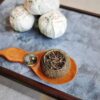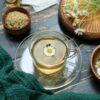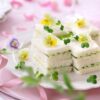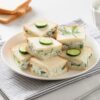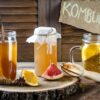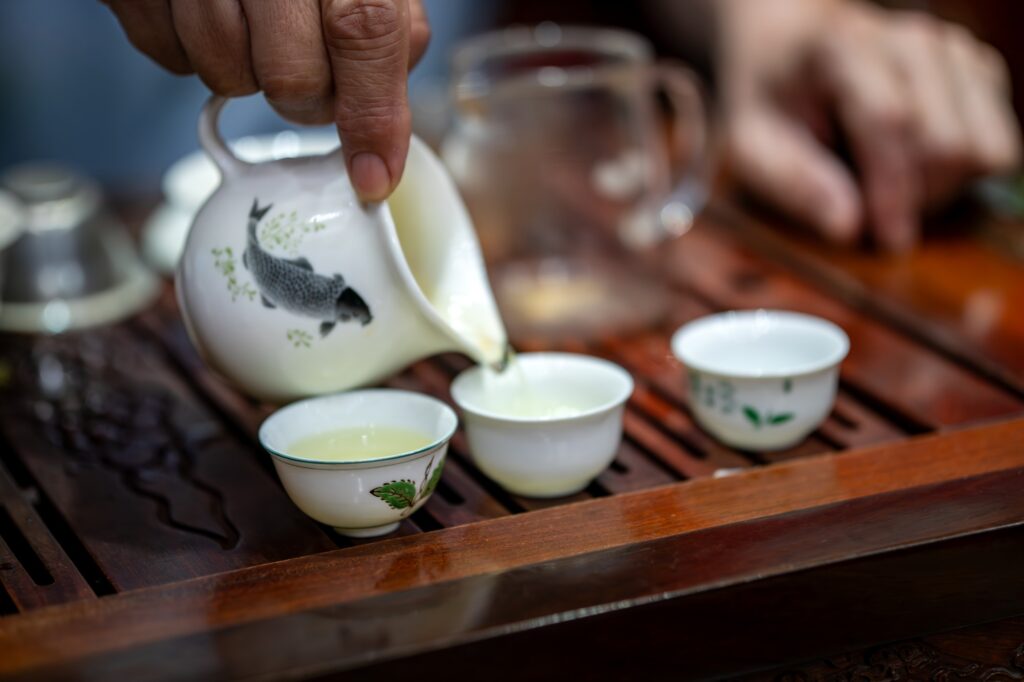
Imagine the gentle clink of porcelain, the rising steam from a freshly brewed pot, and the comforting aroma of your favorite blend. This is the magic of a tea set – a collection of pieces that not only serve a practical purpose but also tell stories of history, culture, and artistry.
A World of Tea Sets
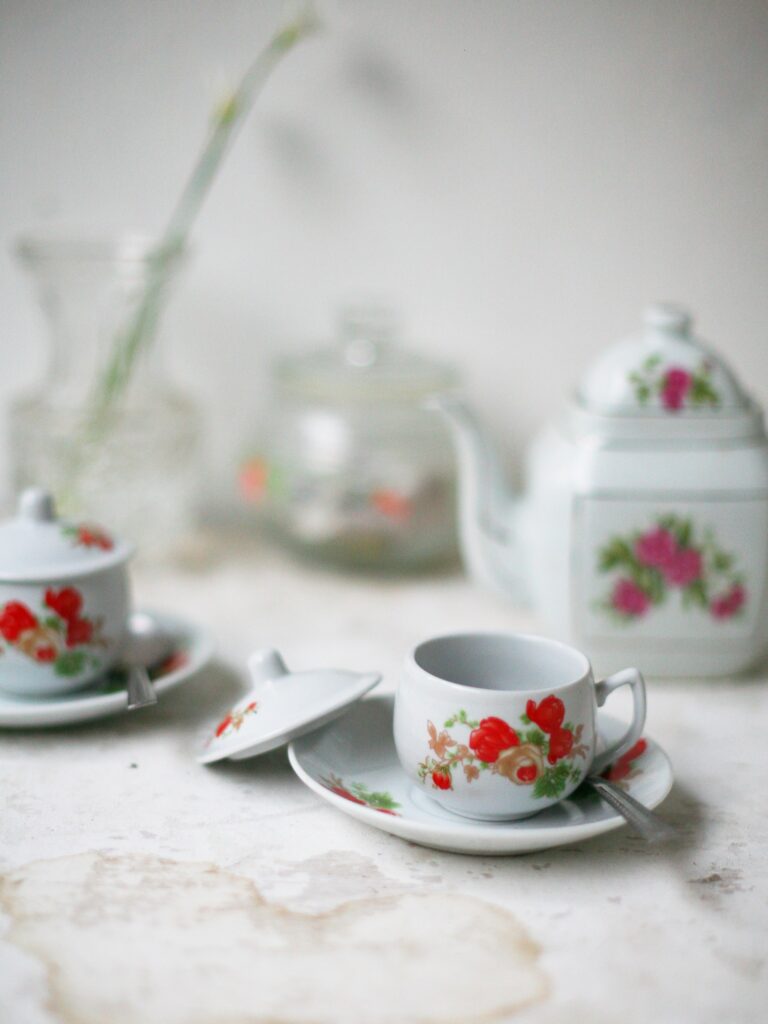
Tea sets come in a fascinating array of styles, each reflecting the unique heritage and aesthetics of its origin. Let’s embark on a global tour of tea set designs:
- Traditional Chinese: Elegant and often made of fine porcelain, these sets typically feature a small teapot and tiny cups without handles. The simplicity of design allows the tea’s color and aroma to take center stage.
- Modern Minimalist: Clean lines and neutral colors characterize these contemporary sets. They often blend functionality with sleek aesthetics, perfect for the urban tea enthusiast.
- Vintage English: Think of delicate bone china adorned with floral patterns or pastoral scenes. These sets evoke images of refined afternoon teas and garden parties.
- Japanese Ceremonial: Rustic yet sophisticated, these sets are integral to the Japanese tea ceremony. They often feature earthy tones and asymmetrical shapes, embodying the wabi-sabi aesthetic.
- Moroccan: Vibrant and ornate, Moroccan tea sets are typically made of metal (often silver or brass) and decorated with intricate patterns. They’re designed for serving sweet mint tea, a staple of Moroccan hospitality.
The Anatomy of a Tea Set
A complete tea set is a symphony of components, each playing a crucial role in the tea-drinking experience:
- Teapot: The heart of the set, where the magic of brewing happens.
- Cups: Vessels for sipping, varying in size and shape across cultures.
- Saucers: Not just for catching drips, but also for serving small treats alongside tea.
- Tea Strainer: A practical tool for catching loose leaves, ensuring a smooth pour.
- Sugar Bowl: For those who prefer a touch of sweetness in their brew.
- Creamer: A small jug for milk or cream, essential for many tea traditions.
More Than Just Vessels: The Cultural Significance of Tea Sets
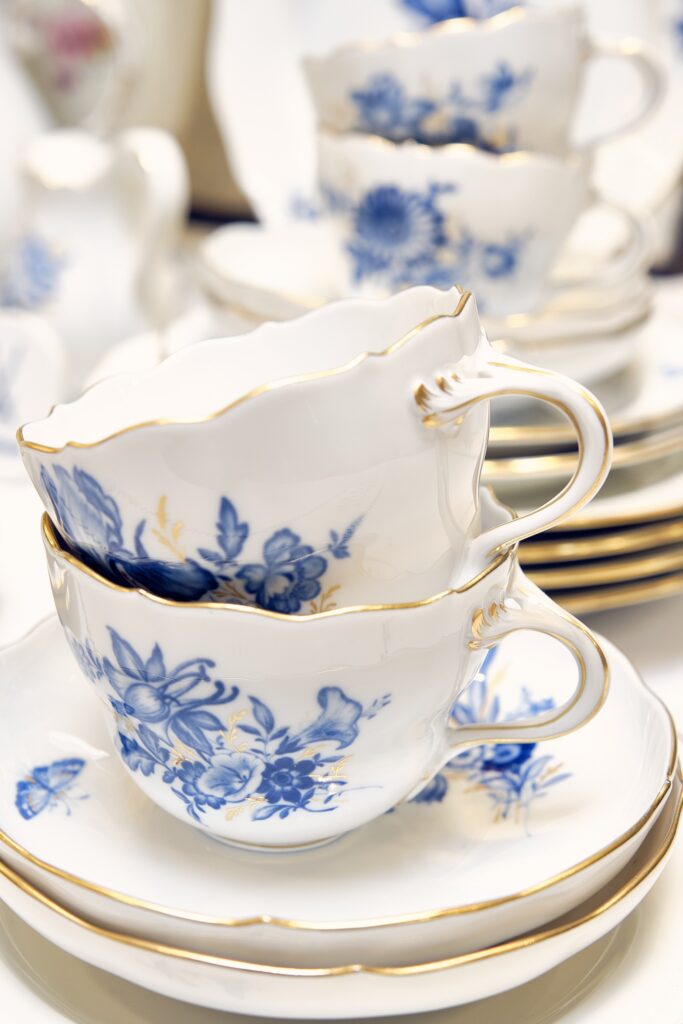
Tea sets are not merely functional objects; they’re carriers of cultural heritage. In China, the act of serving tea is a sign of respect and hospitality. The Japanese tea ceremony, centered around the tea set, is a meditative practice emphasizing harmony, respect, purity, and tranquility.
In England, the ritual of afternoon tea became a social institution, with the tea set at its core. The choice of tea set could reflect one’s social status and taste.
Moroccan tea sets, with their ornate designs, are symbols of hospitality. The act of pouring tea from a height into small glasses is not just for show – it’s believed to aerate the tea and enhance its flavor.
Form Meets Function: The Dual Nature of Tea Sets
While tea sets are undoubtedly beautiful to look at, their true beauty lies in their functionality. The shape of a teapot affects how the tea brews and pours. The size and shape of cups influence the drinking experience – from the delicate sips encouraged by small Chinese cups to the generous gulps allowed by large English mugs.
Yet, the aesthetic appeal of tea sets cannot be overlooked. Many tea enthusiasts collect sets not just for use, but for display. A beautiful tea set can be a conversation starter, a piece of art, or a cherished family heirloom.
A Tale of Contrasts: Comparing Tea Set Styles
Each tea set style tells a different story:
- Chinese vs. English: While Chinese sets focus on the tea itself with small, handleless cups, English sets with their larger cups and saucers are designed for longer, more social tea-drinking sessions.
- Japanese vs. Moroccan: The subdued, earthy tones of Japanese sets contrast sharply with the bright, metallic Moroccan sets, reflecting different cultural aesthetics and tea-drinking customs.
- Traditional vs. Modern: While traditional sets often feature intricate designs and delicate materials, modern sets prioritize functionality and minimalism, catering to contemporary lifestyles.
Brewing Thoughts: The Enduring Appeal of Tea Sets
From the bustling streets of Marrakech to the tranquil tea rooms of Kyoto, tea sets continue to play a vital role in cultures around the world. They’re not just tools for brewing and serving tea; they’re vessels of history, art, and human connection.
Whether you’re a seasoned tea connoisseur or a curious newcomer, exploring the world of tea sets can be a delightful journey. Each set offers a unique window into the culture it comes from and the rituals it’s designed for.
So, the next time you pour a cup of tea, take a moment to appreciate the set you’re using. Consider its design, its origin, and the centuries of tradition it represents. In that moment, you’re not just drinking tea – you’re participating in a timeless, global tradition.
What’s your favorite style of tea set? Share your thoughts and experiences in the comments below!

